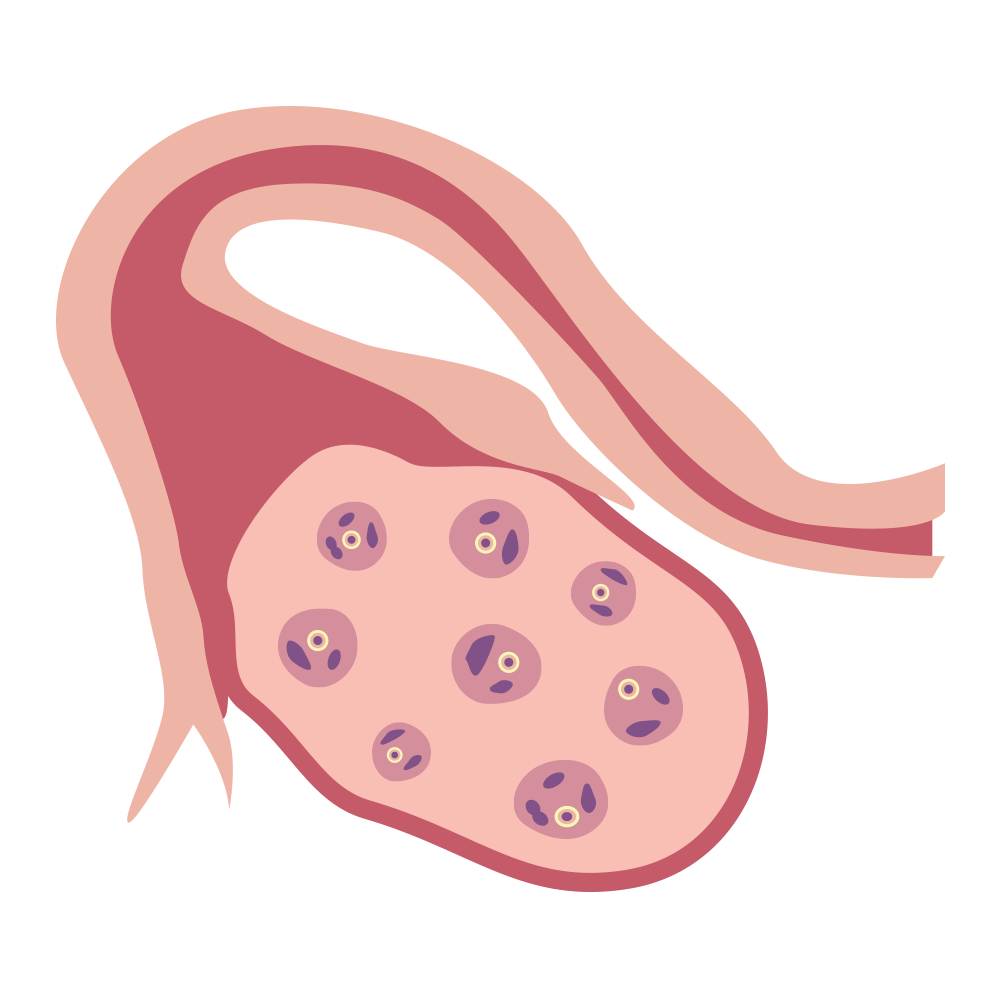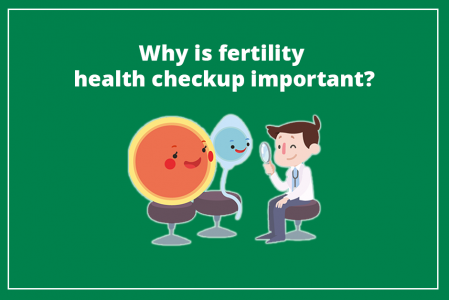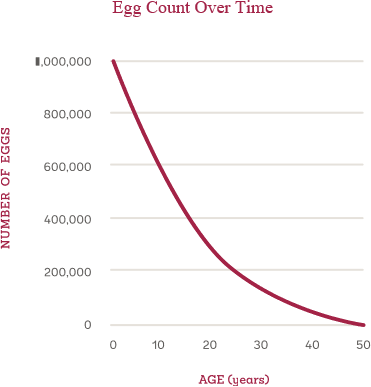It’s really important that women have all the facts about fertility and age, so they can make informed choices about their lives and their health.
Paying attention to recent scenario of late marriages, postponing the child birth, job stress, pollution, life style changes, adulteration, smoking, drinking, traffic, and multimedia, it is important for all the girls and women to get at least their fertility Health check done to know their fertility status and hence take timely action. Sometimes girls don’t get their partners or match for marriage or they want to postpone their childbirth due to unavoidable circumstances. They can at least know how is their fertility biological clock ticking?

The important tests which need to be done are:
AMH
Our “reproductive life” begins when we get our first period, usually around age 12 or so, and lasts until our last menstrual period some four decades later (that’s menopause). But because egg count and egg quality decline as we age, we don’t remain fertile for the entirety of this timespan.
It’s not like our fertility drops off a cliff at age 35; fertility decline happens throughout our adult lives. But fertility decline is a snowball effect—meaning as we age, not only does our fertility decline, but the rate at which it declines actually increases. So, the downward slope of fertility and age gets steeper in our mid-30s. Thanks our body and biology!
Every woman is born with 1–2 million potential eggs (in the form of ovarian follicles), but that’s all the eggs they’ll ever have. By puberty, a woman’s egg count might be 1 million; at 25, maybe 300,000. Then, around 35, the decline starts to get a bit steeper, meaning she could lose an even higher number of eggs per month until menopause). Doctors estimate that while our bodies may naturally ovulate only 400 times in our lives, we lose upwards of 1,000 follicles—potential eggs—per month, and that loss accelerates as we get older. Unlike any other cells like skin or blood, which regenerate, eggs are a nonrenewable resource, our bodies aren’t able to make more egg cells ever. So, our ovarian reserve is like a “bank” where one can’t deposit—and we’re withdrawing from it with each passing month. Many people think a woman loses just one egg per month—but that’s not the case. One loses many eggs in one ovulatory cycle.
To measure the total number of follicles inside the ovary and thus the total egg count, AMH is performed, which will depict the ovarian reserve at that time. The lower your AMH( anti mullerian hormone),the lower your egg count.
Because AMH levels stay basically stable throughout a cycle, the blood test can be performed at any time. A typical AMH level for a fertile woman is 2.0–5.0 ng/ml, but, depending on age, many women will be higher or lower than this range.
But egg count is just one part of the equation. The quality of those eggs is even more important. Egg quality refers to the state of an egg as genetically normal or abnormal.
As you age, the DNA inside your eggs begins to degrade.
If any girl is unable to find a suitable partner and she is ageing it is important for her to go for egg freezing.
During egg freezing, we use medication to prompt those otherwise lost eggs to mature, allowing your body to produce multiple eggs in one cycle. Egg freezing doesn’t lower your body’s natural egg count; it simply makes use of more of the eggs you already have.
Even in IVF cases age is important which is evident from national statistics. The national statistics for women undergoing in vitro fertilization using their own eggs of the same age demonstrate that the drop in IVF success is also dramatic: for women under 35, the percentage of successful IVF cycles was 41.5%; for women 35–37, it was 31.9%; for women 38–40, 22.1%; 12.4% for women 41–42; 5% for women 43–44; and just 1% for women over 44. That means that, after age 35, IVF birth rates declined about 10% every 2 years—reflecting a similar relationship between fertility and age as we see in natural fertility.
Relation Of Age With Number Of Eggs
Chances Of Pregnancy
Base Line Ultrasound
The trans vaginal ultrasound is done for the Basal Antral Follicle Count . By this method doctor measures a woman’s ovarian reserve, or her remaining egg supply. The ovarian reserve reflects her fertility potential.
An antral (resting) follicle is a small, fluid-filled sac that contains an immature egg. The follicles can be seen, measured and counted on Cycle Days 2, 3, and 5 by using ultrasound.
The Basal Antral Follicle Count, along with the woman’s age and Cycle Day 3 hormone levels, are used as indicators for estimating ovarian reserve and the woman’s chances for pregnancy .
Beside this the base line ultrasound is used to check if uterus is normal . Any fibroid endometriosis , polycystic ovaries , and even uterus lining can be measured with transv aginal ultrasound .
If know before necessary action can be taken timely.
DAY 2 HORMONES CHECK (second day of their menstrual period)
FSH,LH, S. ESTRADIOL, S.PROGESTRONE, S.PROLACTIN
Base line Ovarian hormones and gonadotropin hormones are important to diagnose some diseases like polycystic disease, hypo gonadotrophic hypo gonadism, hyperprolactemia etc. which affect ovulation and thus Infertility.
COMPLETE BLOOD COUNT
This is important to know if there is any recent or chronic infection in the body
Urine Routine Examination
Urinary infections are the reasons for repeated abortions and even causes infertility in some cases.
Random Blood Sugars
High blood sugars and diabetes may affect the implantation of embryos so infertility and repeated abortion can result
Quality Semen Analysis
All married couples trying to postpone conception should undertake semen analysis at least so that appropriate measured can be taken to maintain their fertility. Semen analysis is non-invasive, relatively inexpensive, and produces results quickly. Fertility experts estimate that male factor infertility is to blame in up to 50% of couples experiencing fertility issues
A semen analysis measures both the amount and quality of semen and the amount and quality of sperm. Semen is the fluid that a man ejaculates during an orgasm. The sperm within the semen are the cells that actually fertilize the egg. In preparation for a semen analysis, a man is required to abstain from any sexual activity for 2-4 days before the analysis. At the appointment, he is asked to masturbate into a clean, wide mouthed bottle. This bottle is then delivered to the laboratory for testing.
Studies report that even sperms age with increasing age of men .so chromosomal abnormality and count goes down with husbands increasing age .
Effect of life style ,smoking ,drinking ,stress levels, increase oxidative stress in the body thus affecting sperms quality .




